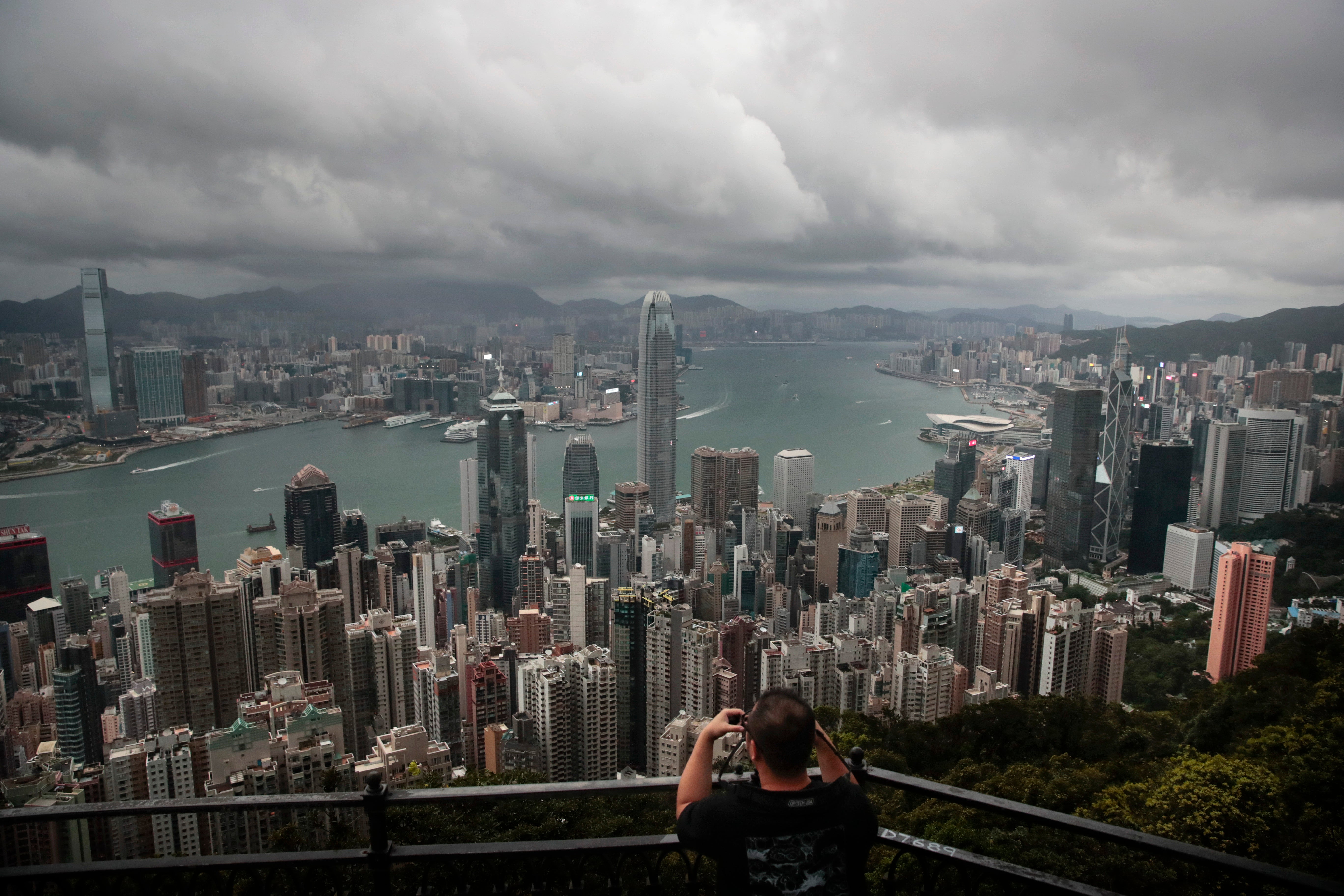CDC admits decision to flag Hong Kong as a growing risk for coronavirus was a mistake
Move to increase Hong Kong’s risk level came as a shock to many as city has recorded less than 10 daily cases since mid-August

The United States Centres for Disease Control and Prevention (CDC) admitted that it had mistakenly raised the coronavirus risk level for Hong Kong while updating its travel advisory for the city and Singapore recently.
“Hong Kong’s increase was done unintentionally. The city’s status has returned to level 1, indicating a low risk, on the website,” a spokesperson told Bloomberg.
The CDC had on Monday said that anyone who has not been vaccinated should avoid non-essential trips to Singapore and Hong Kong due to the “high level” of Covid-19. “All travellers may be at risk for getting and spreading Covid-19 variant,” it had said.
On Tuesday, the agency changed back Hong Kong’s risk level from moderate to low on its website but Singapore’s remains the same — high risk.
The decision to increase Hong Kong’s risk level shocked several people given that the city has mostly reported less than 10 cases a day since the end of August. Untouched by the Delta variant of the coronavirus, there has not been a single locally transmitted infection in the city since mid-August.
But Singapore, battered by a fresh outbreak, has been reporting more than 1,000 cases a day since mid-September. Its risk level will remain at ‘level 3’. Other countries currently on level 3 include Australia, Italy, Germany, Kenya, Indonesia, Japan and Mexico.
According to the CDC’s four-tiered travel health notice system, Level 1 is the lowest, where US citizens are advised to ensure they are fully vaccinated before travelling to the destination.
Level 2 shows moderate risk of Covid-19, while level 3 indicates “high risk”. Unvaccinated travellers are advised to avoid non-essential travel to these areas. Level 4 indicates “very high” levels of the coronavirus infection. The US advises its citizens to avoid all travel to these areas.
The primary criteria the CDC uses to determine travel health notices are the number of recent cases and the trajectory of new cases. The threshold to designate a destination level 2 is 50 to 99 new Covid-19 cases over the past 28 days for every 100,000 locals. For level 3, the threshold is 100 to 500 new cases. For the level 4 category, a region has to have more than 500 cases per 100,000 locals.
The United States is facing a wave of Covid infections amid a slow vaccination rollout. The country has so far recorded 43,232,152 cases and 693,069 Covid-19 related deaths.
Join our commenting forum
Join thought-provoking conversations, follow other Independent readers and see their replies
Comments